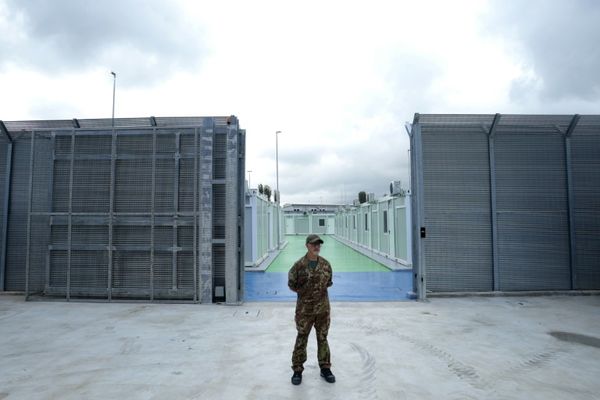MotoGP’s official partner for all of its braking systems is Brembo, and the brand sheds a bit of light on the science and technology that comes together and stops the fastest motorcycles in the world. Andrea Pellegrini steps in front of the camera to explain the ins and outs of a GP braking system.
Braking systems in MotoGP are insane, and they get better every year as the bikes get faster and faster. It’s one thing to be able to stop your bike from 200 miles per hour once, but it is another to repeat that feat over and over again throughout the course of a high-stakes Grand Prix race. As such, GP bikes have space-age technologies rather than the stuff that we mere mortals use on a daily basis.
Teams have the choice to go with a lighter and smaller disc or discs with higher mass and diameter. The rotors start out with a diameter of 320 millimeters, then that figure grows to 340 and then maxes out at 355 milimeters.
Different masses are also available with standard to high-mass variants per diameter. High-mass discs tend to be more effective at dissipating heat due to there being more of that sweet carbon-ceramic material.
Apparently, the 320-mil discs are slowly getting phased out with fewer and fewer teams opting for the size. You’ll more commonly find diameters between 340 to 355 millimeters being used by GP teams since bikes are getting faster and faster. Larger-diameter discs can handle more heat compared to the smaller diameter units, plus the added size results in more leverage when the caliper clamps down.
Pads are also important and teams can choose between pads with standard mass or high mass and with more contact surface or less contact surface. Following that, you have your brake fluid to worry about. Brembo helps keep even its top-shelf fluids from boiling by giving its calipers cooling fins and ventilated pistons.
Heck, even the rear brakes in MotoGP don’t go unnoticed, with racers using them to create stability during corner entry. Alternative rear brake levers are also an option that racers can take advantage of, and even the rear discs are getting larger. For rear brakes, Brembo is able to offer a flexible array of options which sees the rear caliper operated by either the right foot or pushed or pulled by the left thumb. The setup will vary from racer to racer, so Brembo tailored equipment depending on rider preference.







